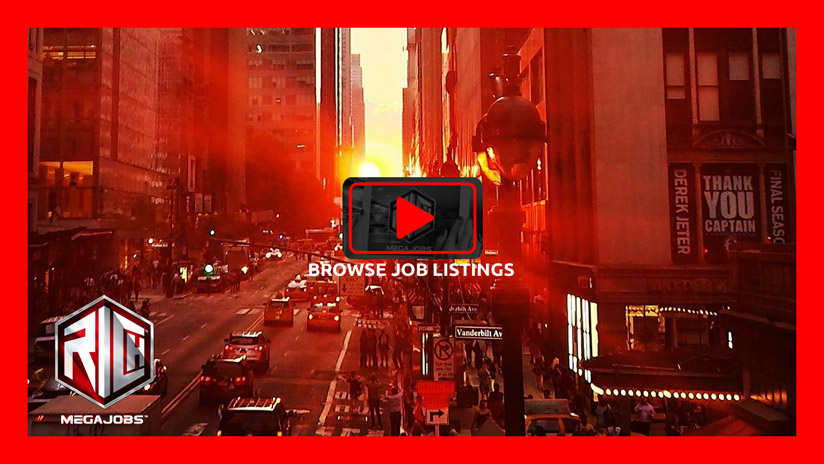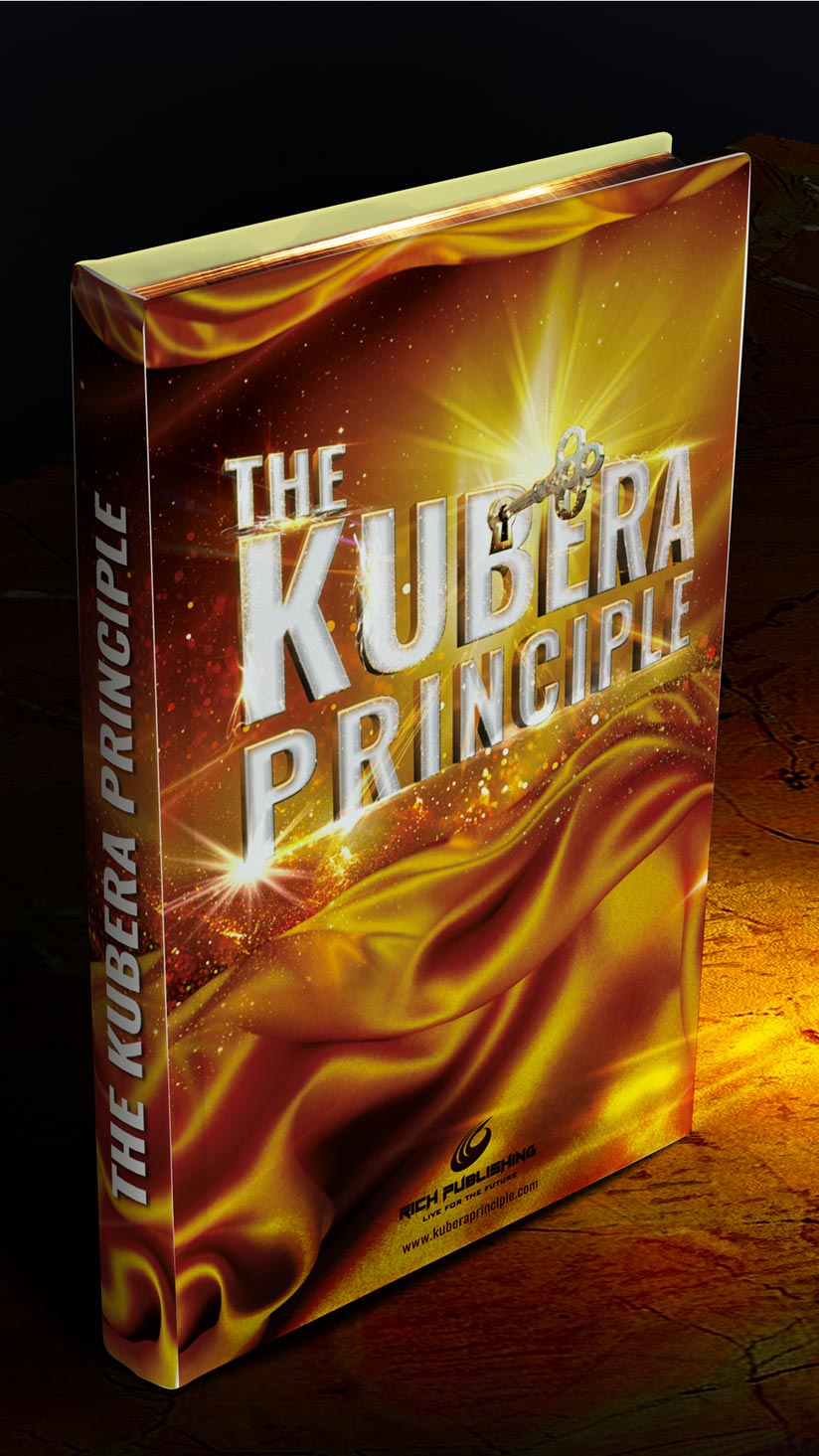A resume is a concise document that summarizes your education, work experience, skills, and achievements. It serves as a professional introduction to potential employers and highlights your qualifications for a specific job or career opportunity. Here are some short notes on creating an effective resume:
Contact Information: Include your full name, phone number, email address, and professional social media profiles (if applicable). Make sure your contact details are up to date and easily accessible.
Resume Objective or Summary: Begin your resume with a brief statement that outlines your career goals and highlights your relevant qualifications. Tailor this section to match the specific job you’re applying for.
Education: List your educational background in reverse chronological order. Include the names of institutions, degrees earned or in progress, and any honors or distinctions received.
Work Experience: Detail your work history in reverse chronological order, starting with your most recent position. Include the company name, job title, dates of employment, and a concise description of your responsibilities and accomplishments in each role.
Skills: Create a dedicated section to highlight your key skills relevant to the job. Include both technical skills (e.g., programming languages, software proficiency) and soft skills (e.g., communication, teamwork).
Achievements and Awards: Mention any notable achievements, awards, or certifications that demonstrate your capabilities and dedication.
Relevant Projects: If applicable, showcase projects you’ve worked on that are relevant to the job or industry. Briefly describe your role and the outcomes or impact of each project.
Additional Sections (Optional): Depending on your background, you may include sections like volunteer work, professional affiliations, publications, or language proficiency. Only include sections that add value to your application.
Keywords and Tailoring: Customize your resume for each job application by incorporating keywords and phrases from the job description. This helps your resume pass through applicant tracking systems (ATS) and shows alignment with the employer’s requirements.
Formatting and Design: Keep your resume clean, organized, and easy to read. Use bullet points, headings, and subheadings to structure information. Choose a professional font and maintain consistent formatting throughout.
Length: Aim for a concise and focused resume. Typically, one to two pages is sufficient for most applicants, although longer resumes may be appropriate for certain industries or senior-level positions.
Proofreading: Double-check your resume for any grammatical errors, typos, or formatting issues. It’s helpful to have someone else review it as well to ensure accuracy and clarity.
Remember, a well-crafted resume should effectively present your qualifications, catch the attention of employers, and secure you an interview. Regularly update your resume to reflect your latest experiences and accomplishments.



